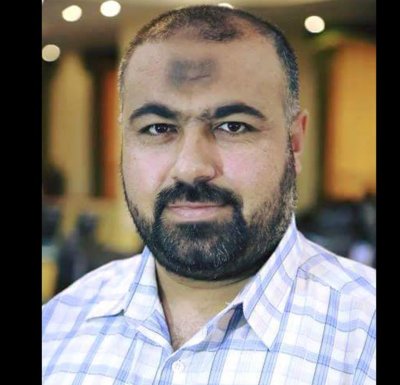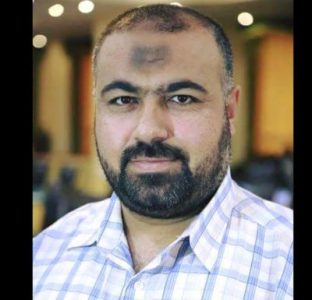On Monday, US Secretary of State Tony Blinken visited the occupation state of Israel and met with senior officials there, including President Isaac Herzog and Prime Minister Benjamin Netanyahu. Following his meeting with Netanyahu, he said they discussed a potential ceasefire that would see the end of the Israeli genocide in Gaza.
Blinken claimed that Netanyahu had accepted what is being described as a “bridging proposal,” describing the three hour meeting with Netanyahu as “positive.” Blinken’s office highlighted that the proposal takes Israel’s security into consideration.
Prior to the meeting, Blinken warned that this might be the “last opportunity” to secure a ceasefire agreement that would secure the release of Israeli prisoners. After the meeting, he said: “It is time for everyone to get to yes and to not look for any excuses to say no.”
The Palestinian resistance condemned the claim that this was a “bridging proposal”, saying the new roadmap is an Israeli one that includes more conditions set by Netanyahu. In separate statements, the Palestinian resistance movements rejected the new terms and reiterated their commitment to the proposal set out by US President Joe Biden in May and modified on 2 July.
Away from what the Palestinian resistance says, the new American proposal’s main goal is to avert a regional war in light of Iran and Hezbollah’s pledges to take revenge for the assassination of Hamas chief Ismail Haniyeh during a visit to Tehran, and Hezbollah Commander Fuad Shukr at the end of last month.
The untold terms of the ceasefire are the retention of the 18-year-old Israeli blockade and retention of Israeli occupation of Salaheddin (Philadelphi) Corridor and the Rafah Crossing so that Palestinians in Gaza will continue suffering from restriction to their movement.
It means that the Palestinian residents of Gaza will not be able to travel abroad except under the terms of the Israeli occupation which has millions of false reasons to justify imposing travel bans on patients, the wounded, students etc…
The deal also allows Israel to continue to occupy the Netzarim Corridor which divides the Gaza Strip into two parts, with about a million displaced persons from northern Gaza sealed off from southern parts of the enclave allowing Netanyahu to use them as a bargaining chip in the negotiations.
The retention of Netzarim Corridor, which is more than five kilometers wide, means the occupation of a large area which was previously home to more than 200,000 Palestinians. It also means the retention of the Israeli occupation of the only cancer hospital in Gaza – the Turkish Hospital – which Israeli occupation forces have been using as a military base, directing their genocidal attacks on Gaza from it.
In addition to holding onto land within Gaza, the new draft deal allows Israel to occupy a two kilometer-wide buffer zone along the Gaza-Israel fence. This would mean around one third of Gaza’s area will remain occupied and hundreds of thousands of people will be unable to return to their homes.
In spite of hopes that a ceasefire would bring an end to the famine being inflicted on civilians in the Strip, the new deal does not allow the free entry of humanitarian food and medical aid or for hospitals and healthcare centers, schools and universities to be renovated and restored. These are rights that are to be negotiated in the second phase of a deal.
One of the most pressing matters is the removal of rubble, rebuilding of homes and the delivery of tents for families to use in the interim. However this stage may never be reached as Netanyahu has insisted on resuming the genocidal bombing of Gaza after the first stage of the proposed deal comes to an end.
In spite of CNN reporting Blinken claiming that Netanyahu has agreed to this new deal, adding that Hamas stands in the way of this new ceasefire agreement, Haaretz has reported the opposite, while the Times of Israel quoted members of the negotiation team insisting that Netanyahu is actively sabotaging the deal.
Israel and the US continue to blame the resistance for failed attempts to end the war on Gaza, while Tel Aviv repeatedly vows not to stop the bombing until “total victory” even if a truce deal is signed. Hamas called the latest changes “a coup” against the agreed upon framework, and it seems – for Palestinians – the goalposts keep changing and the US is either unable or unwilling to force Israel to agree to a deal and stop civilians suffering in Gaza.
-Motasem A Dalloul is MEMO’s correspondent in the Gaza Strip.












